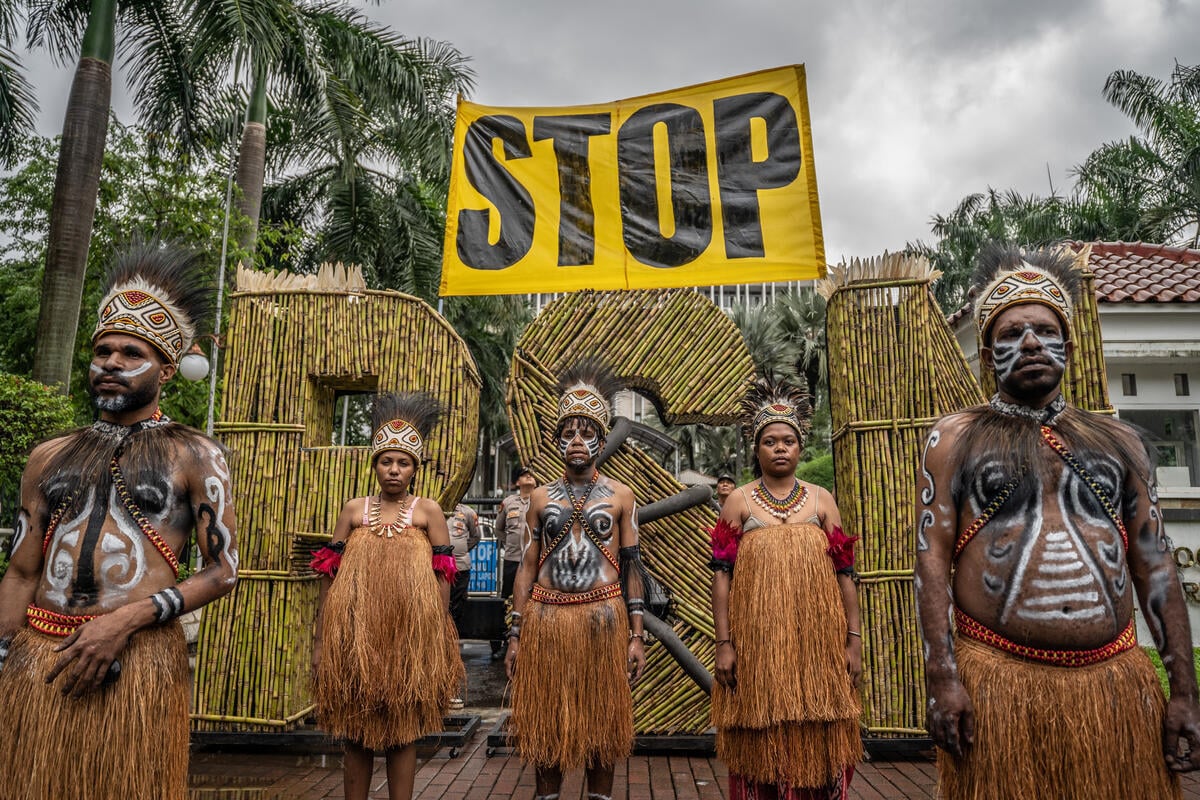Framing theory examines how certain elements of a message are selected, emphasized, and structured to shape public perception. According to
Entman’s (
1993) influential definition, framing involves choosing “some aspects of a perceived reality and making them more salient in a communicating text” (p. 52). Essentially, framing guides the audience’s understanding by focusing attention on specific elements while excluding others. This, in turn, influences how people interpret and respond to the information presented. The analogy often used is the “picture frame”. Similar to a frame capturing only part of an image, media framing highlights particular aspects of a story to focus within confined boundaries and set the tone for how the audience perceives it (
Hallahan 2011).
While
Entman (
1993) contends that framing helps “promote a particular problem definition, causal interpretation, moral evaluation and/or treatment recommendation” (p. 52), it is important to distinguish framing itself as a message production process. This process shapes how a message is constructed but is separate from framing effects, or the outcomes on audiences’ attitudes and beliefs. The choices made during framing can be either intentional or unintentional, influenced by editorial policies, cultural norms, or individual biases (
Hallahan 2011). In media contexts, framing becomes a powerful tool that shapes not only the information presented but also how the audience interprets it. Journalists and content creators decide which details to highlight and how to structure narratives, often to align with organizational values, target audiences, or prevailing cultural norms. This decision-making process ultimately molds public perception by emphasizing certain viewpoints while downplaying others, making framing central to how media shapes social understanding.
Framing Theory in the Context of African Technological Innovation
In the case of African technological innovation, framing provides a lens into how Western media narratives influence global perceptions of Africa’s contributions to technology. Often, Western media portrays Africa through a lens of crisis, focusing on humanitarian needs, poverty alleviation, and dependency on external support (
Bunce et al. 2016). These narratives limit how the world perceives Africa’s technological advancements and reinforce the perception that African technological advancements are driven primarily by necessity rather than innovation. As a result, the global understanding of Africa’s contributions to technology is narrowed in scope to only reflect the crisis, dependency, and humanitarian frames.
The emphasis on crisis in framing Africa’s technological innovation has a profound impact on public perception and policy. According to
Ogunyemi (
2018), this crisis-driven narrative not only influences how audiences view African technological contributions but also affects the willingness of foreign investors and governments to engage with African technology sectors. When Western media highlights African innovations primarily for their humanitarian value, it also reinforces a narrative of dependency, suggesting that African advancements are only significant insofar as they address pressing social issues. This framing, while acknowledging Africa’s capacity to respond to crises, inadvertently diminishes its agency and autonomy as a global innovator. The result is an obscured potential of Africa as a model for other regions grappling with financial inclusion. In addition to crisis, dependency, and underdevelopment are prevalent frames in Western media coverage of African technological innovation. These frames, according to
Mpofu et al. (
2006), depict Africa as a region constantly requiring foreign intervention and support, thus perpetuating a narrative of technological inferiority. When African innovations are framed in terms of dependency, the emphasis shifts from Africa’s agency and resourcefulness to its supposed reliance on Western expertise or funding. This kind of framing positions African technological advancements as products of Western intervention rather than homegrown innovations driven by local needs and expertise. It further implicitly suggests that African nations should focus on resolving internal issues before venturing into fields typically dominated by industrialized countries. Another common frame used in the portrayal of Africa is the humanitarian frame, which aligns closely with a developmental perspective that emphasizes Africa’s need for aid and improvement.
Chouliaraki (
2013) describes this as the “humanitarian imaginary”, wherein African technologies are primarily valued for their potential to alleviate suffering or manage crises rather than for their broader contributions to innovation. Under this kind of framing, African innovations are perceived as tools for survival and crisis management. This results in the notion that Africa requires constant humanitarian aid rather than a hub of innovation capable of producing technologies with transformative potential.
To counteract the limitations of the crisis, dependency, and humanitarian frames, this study proposes an innovation frame that emphasizes Africa’s role as an autonomous, creative force in global technology. The innovation frame focuses on African technologies as proactive contributions that address both local and global challenges, emphasizing their relevance beyond humanitarian or crisis contexts. This alternative framing could reframe M-Pesa as a model of fintech innovation with global implications, or present LifeBank as a pioneering logistics solution that has the potential to reshape healthcare delivery around the world. An innovation frame would also encourage media narratives that highlight Africa’s agency, ingenuity, and leadership in technology, therefore supporting a more accurate and empowering portrayal of African innovation. Such a shift could increase international recognition of Africa’s contributions to technology and foster global partnerships, investment, and collaboration that value African technologies for their impact on industries beyond crisis response. But how do we arrive at such a form of frame? To address these gaps, the following research questions are proposed:
RQ1: How do Western media outlets frame African technological innovations, such as M-Pesa, LifeBank, FarmDrive, and NigeriaSat-1, in their coverage of news?
RQ2: To what extent does the media representation of African innovations perpetuate stereotypes of the continent as being primarily dependent on humanitarian aid?
RQ3: In what way do these portrayals affect international investment and collaboration with African technology sectors?
RQ4: What alternative narratives can be developed to better position African innovations within the global technological Environment?
These questions aim to assess the media’s role in shaping global perceptions and explore strategies for a more equitable representation of Africa’s technological contributions.



